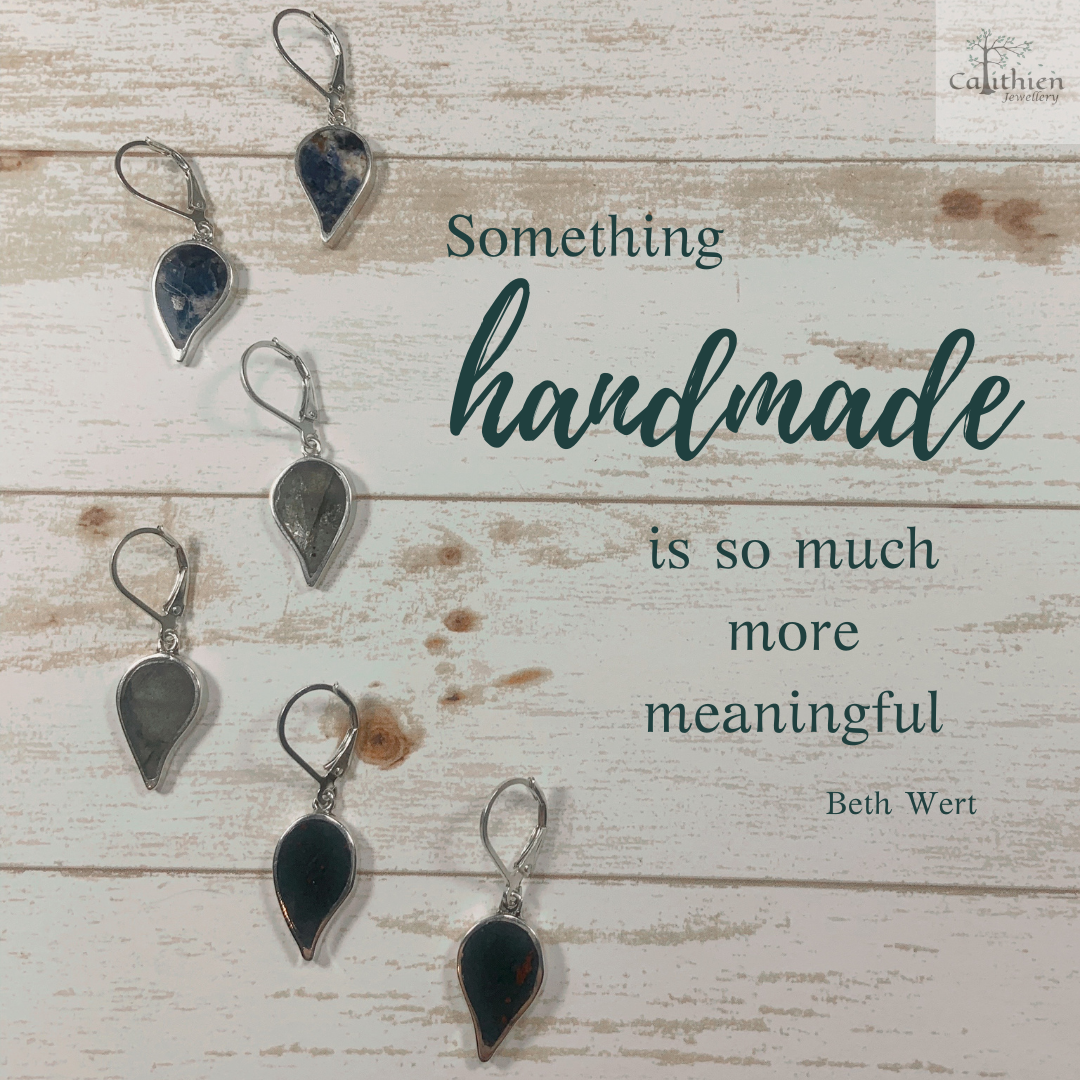
Fine Jewellery, Fashion Jewellery, Costume Jewellery, Artisanal Jewellery—What Does it All Mean?
There are probably as many definitions as there are people in the industry, but in general, jewellery (or jewelry) falls into one of these categories.
Fine Jewellery:
The most obvious symbol of fine jewellery is the engagement ring. We think of gold, of course. And if it doesn’t have a diamond, it likely holds a sapphire, ruby, or emerald.
Fine jewellery encompasses a lot more than that. Fine jewellery is made of precious metals—not only gold, but also silver, platinum, and titanium.
Gemstones are also a big part of fine jewellery. They include, not only the big four—diamonds, sapphires, rubies, and emeralds—but a huge array of gemstones and pearls. While you might think this a new development, such jewellery luminaries as Carl Faberge and Louis-Francois Cartier used gemstones such as lapis lazuli, agate, turquoise, and onyx, to name only a few. Many of their fine pieces also feature beautiful enamel work.
Design is a big part of fine jewellery, particularly with regard to unique handmade or custom pieces.
Fine jewellery is sometimes also viewed as an investment, or potentially an heirloom piece.

Artisanal Jewellery:
Artisanal jewellery straddles the line between fine and costume jewellery. Some artisanal jewellers are also fine jewellers, goldsmiths who work in precious metals and with real gemstones, like we do. Others work with less expensive materials and make a product classified as costume jewellery. The main points are:
-
Artisanal jewellery is handmade. Some fine jewellery is entirely mass-produced by machine. While most jewellers will incorporate some machine-made parts into their pieces (chains, for example, or findings), the essential parts of artisanal jewellery will be made individually, by hand.
-
Handmade fine jewellery is usually made by a goldsmith—that is, someone like me, with formal training and accreditation in making fine jewellery. Many goldsmiths make fine artisanal jewellery. That is particularly true for those who specialize in making their own unique handmade designs. However, other artisan jewellers might be self-taught and might call themselves metalsmiths or something similar.
-
Some artisanal jewellery may incorporate the non-traditional, such as wood, glass, or other materials not usually associated with fine jewellery.
-
The value of artisanal jewellery comes from three sources—the cost of the materials, the time and expertise of the maker, and the unique handmade qualities of the design.
-
Artisanal jewellery is usually designed and manufactured by the artisan. Some pieces may be limited editions or unique one-of-a-kind pieces.


Costume or Fashion Jewellery:
These two terms are interchangeable and mean the same thing. Costume or fashion jewellery may be made by hand, but is often mass-produced and is usually made from inexpensive materials.
Some costume jewellery is designed to mimic fine jewellery—silver or gold-plated pieces, for example, but much of it is designed to be affordable.
Mass-produced fashion or costume jewellery has some downsides. A great deal of it is imported and it’s not always clear what materials have gone into its manufacture. Some pieces may cause skin irritation and care should be taken around children. Fashion jewellery can, however, be fun and frivolous. It offers consumers a wide range of looks and styles at low prices.



Leave a comment
This site is protected by hCaptcha and the hCaptcha Privacy Policy and Terms of Service apply.